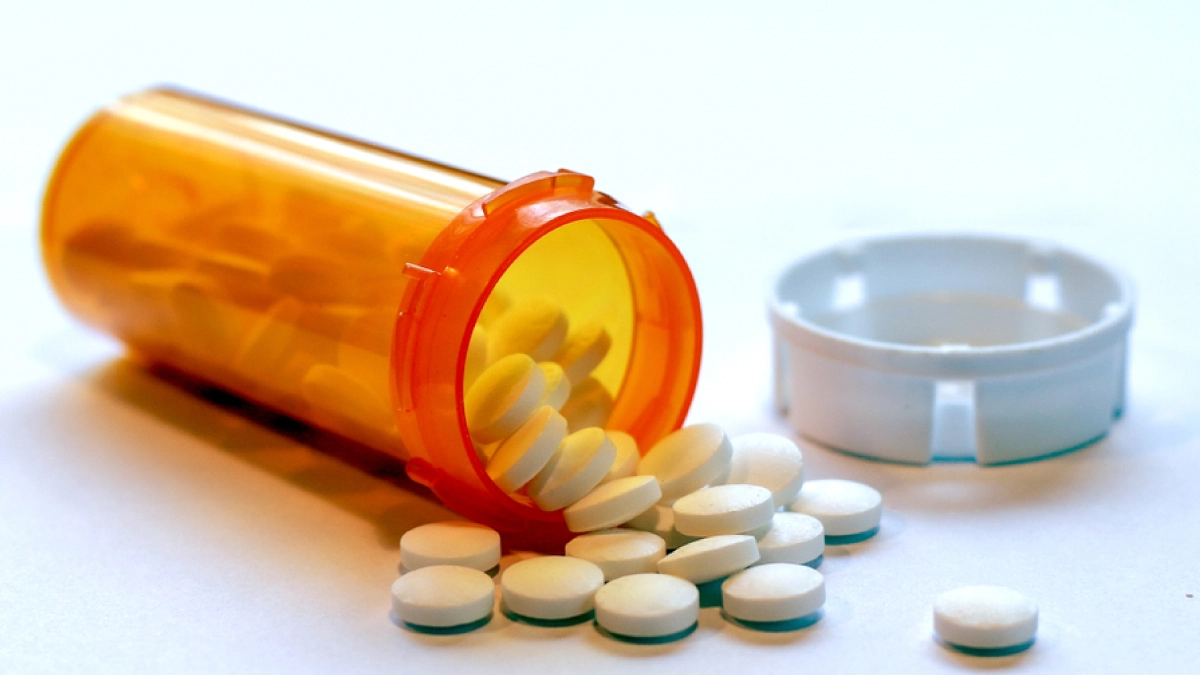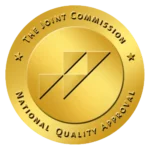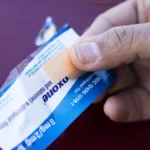Opioid Addiction: The Role of Medication-Assisted Treatment
Medication-assisted treatment (MAT) is a helpful approach for patients undergoing opioid addiction treatment. It involves the use of prescription medicines to ease withdrawal symptoms and support patients in overcoming substance use disorders.
By addressing both the physical and psychological aspects of addiction, MAT increases the chances of successful recovery. This approach is tailored to individual needs, offering a supportive path toward overcoming opioid addiction and improving the well-being of patients.
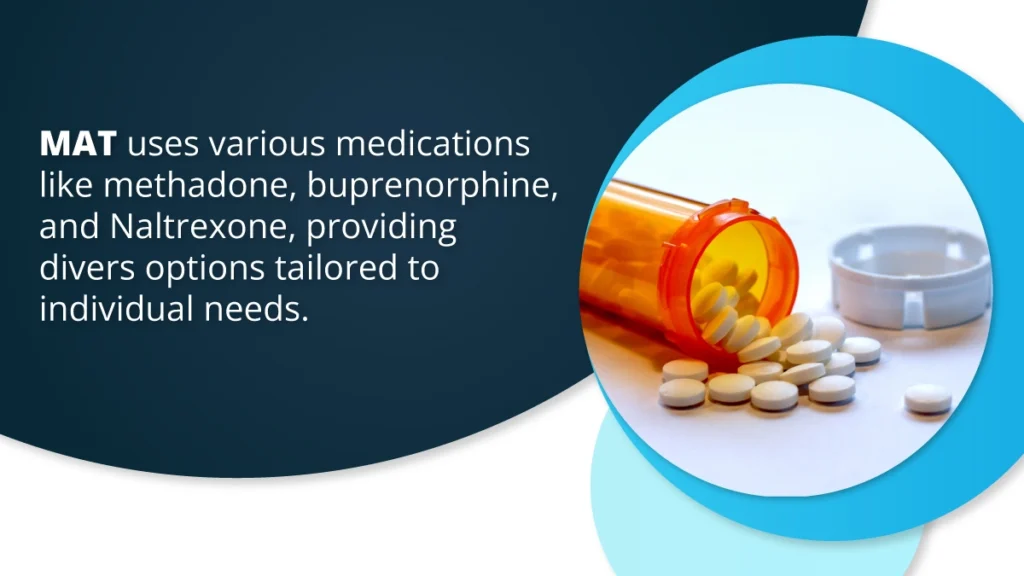
Key Takeaways
Medication-assisted treatment (MAT) is an effective approach to opioid addiction. Here’s what you need to know:
- Opioid addiction is a significant health risk in the United States, necessitating approaches that prioritize prevention, intervention, and support.
- MAT uses various medications like methadone, buprenorphine, and Naltrexone, providing diverse options tailored to individual needs.
- Integrating various types of therapies contributes to long-term recovery.
The Haven Detox-Little Rock offers holistic addiction treatment. Contact us at (501) 271-3342 today.
A Closer Look At Opioid Addiction
Opioid addiction poses significant health risks, affecting individuals across the United States. The widespread use of opioids, including heroin and prescription painkillers, has led to a concerning rise in opioid dependence cases and opioid overdoses.
Addressing this issue involves understanding the complexities of opioid use and withdrawal. Effective treatment of opioid dependence is crucial, especially considering the link between opioid use and chronic diseases.
It’s essential to recognize the urgent need for comprehensive approaches that prioritize prevention, intervention, and support for those affected by opioid addiction, fostering a collective effort to mitigate the impact of this public health crisis.
Understanding Medication-Assisted Treatment
Medication-assisted treatment (MAT) is a helpful way to tackle opioid addiction. It uses FDA-approved medications, such as methadone, that interact with the brain’s opioid receptors.
MAT helps reduce the stigma associated with drug use in addiction treatment. Healthcare providers, including nurse practitioners, give MAT in different treatment programs, such as residential rehab.
How MAT Works for Opioid Addiction
MAT works by utilizing prescription drugs to alleviate withdrawal symptoms, reduce cravings, and prevent overdose. This approach, integrated into primary care, ensures better outcomes for individuals struggling with opioid addiction.
MAT doesn’t just focus on opioid treatment; it also extends its effectiveness to the treatment of alcohol use disorder. That showcases its versatility in addressing various substance use disorders.
Classification of Drugs Used in Medication-Assisted Treatment
Medication-assisted treatment (MAT) employs specific medications that FDA approves to aid individuals in overcoming opioid addiction. Each medication serves a distinct purpose in supporting comprehensive recovery efforts.
Buprenorphine
Buprenorphine is classified as a partial opioid agonist. It activates the opioid receptors in the brain, but its effects are milder compared to full agonists like heroin or methadone. Buprenorphine is used in the initial stages of opioid withdrawal to help manage symptoms.
Methadone
Methadone is another medication for the treatment of opioid use disorder. It’s often provided in liquid form and helps manage withdrawal effects by occupying the opioid receptors. Methadone is usually given daily under the supervision of healthcare providers in specialized treatment programs.
Naltrexone
Naltrexone is a medicine used in treating opioid addiction. This drug blocks the effects of opioids and works differently than methadone. This means people are less likely to feel the usual good feeling (“high”) that comes with using opioids. You can take Naltrexone as a pill or get a shot once a month.
Narcan
Narcan, also known as naloxone, plays a critical role in MAT by being an emergency medication for opioid overdoses. It can quickly reverse the effects of opioids, helping a person breathe normally again.
Narcan is available as a nasal spray, making it easy to administer in urgent situations. Friends, family members, or even the person themselves can use Narcan to respond to an overdose, providing a vital lifeline until professional help arrives.
Process of MAT
Navigating the journey to recovery from opioid addiction involves a series of carefully crafted medical processes within medication-assisted treatment (MAT).
Assessing the Level of Opioid Addiction
In the first step of medication-assisted treatment (MAT), doctors assess the severity of opioid use. They consider factors like the use of heroin or prescription opioids, looking at the overall situation to decide the best treatment.
Customizing the Treatment Plan
Once the assessment is done, doctors create a tailored plan for each person. Treatment plans may include medications, therapies, and counseling. This helps comprehensively address both the physical and mental parts of addiction.
Managing Possible Side Effects
Throughout treatment, healthcare providers closely monitor for any potential side effects. In this comprehensive approach, doctors consider medical conditions, infectious diseases, and even the intensity of craving for drugs. If undesirable effects arise, doctors collaborate with the individual to manage and alleviate them effectively.
Ongoing Monitoring and Adjustments
As the treatment goes on, doctors regularly check how things are going. They might change the plan if needed, making sure it stays effective. This ongoing support is like having a toolkit to adapt to each person’s journey.
Significance of Counseling in MAT
Embarking on the journey of medication-assisted treatment (MAT) involves not only treatment options like methadone treatment but also the pivotal inclusion of counseling or therapy.
This combination enhances the overall effectiveness of treatment by addressing the behavioral aspects of addiction. In this discussion, we’ll explore the importance of therapy within MAT and the various forms it takes.
Incorporating Therapy with MAT
Integrating therapy with MAT is essential because it goes beyond just treating the physical aspects of substance use disorders. Behavioral therapies play a crucial role in helping individuals understand and modify their behaviors, contributing significantly to long-term recovery.
By addressing the psychological aspects of addiction, therapy enhances the success rate of evidence-based treatments. That makes the journey toward overcoming opioid use disorders more effective.
Different Forms of Therapy in MAT
Therapies, such as talk or behavioral therapy, including cognitive behavioral therapy within MAT, come in various forms tailored to individual needs. Behavioral therapies, in particular, focus on changing unhealthy behaviors and thought patterns.
These therapeutic approaches work hand-in-hand with the use of medications, creating a holistic strategy for addressing opioid dependence. By targeting the root causes and triggers of substance use, therapy provides individuals with valuable tools to navigate challenges, ultimately promoting lasting recovery.
Benefits of Medication-Assisted Treatment (MAT)
Medication-assisted treatment (MAT) is an effective approach at opioid treatment centers. It works by helping with withdrawal and cravings, making recovery easier. Medicines like methadone and buprenorphine reduce the urge to use addictive drugs and keep the brain chemistry stable.
MAT not only assists with managing cravings and withdrawal symptoms but also significantly reduces the risk of accidentally taking too much of a substance. This safety feature is crucial in the recovery process, providing a protective measure against potential overdose incidents.
Frequently Asked Questions (FAQ)
What is the most common form of medical treatment for opioid addiction?
The most common form of medical treatment for opioid addiction is medication-assisted treatment (MAT), which combines medications like methadone or buprenorphine with counseling and behavioral therapies for comprehensive care.
What is one medication used to treat opioid dependence?
One medication used to treat opioid dependence is buprenorphine. It helps by reducing cravings and withdrawal symptoms, supporting individuals on their path to recovery.
What is the leading treatment for opioid use disorder?
The leading treatment for opioid use disorder is medication-assisted treatment (MAT), as it employs a combination of medication with behavioral interventions, offering an effective and comprehensive approach to addressing the complexities of opioid addiction.
Start a Healthy Life With The Haven Detox-Little Rock
Embark on your journey to recovery at The Haven Detox-Little Rock. We specialize in compassionate services tailored to address opioid addiction.
Our medical detox program offers a supportive atmosphere designed to facilitate withdrawal and healing.
Our residential care offers medication assistance, ensuring a comfortable and safe experience as you work towards recovery. Additionally, our advanced IV therapy further enhances the effectiveness of our comprehensive treatment approach by replenishing your body’s nutrients.
It is time to start your journey to a healthier life. Contact us at (501) 271-3342 today.
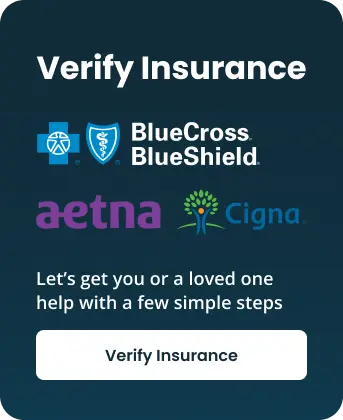
-
Related Pages
- From Ingestion to Detection: Opioid Stay Times in Your Body
- Guarding Against Opioid Addiction: Prevention Tips
- How Narcan Works: A Life-Saving Medication
- Medications for Opioid Withdrawal
- Opioid Addiction: The Role of Medication-Assisted Treatment
- Relief to Crisis: Effects of Opioids
- Signs of Opioid Addiction: Clues in the Dark
- Silent Killers: Dangers of Synthetic Opioids
- The Challenges of Long-Term Opioid Use
- Understanding Opiates: A Comprehensive Guide

